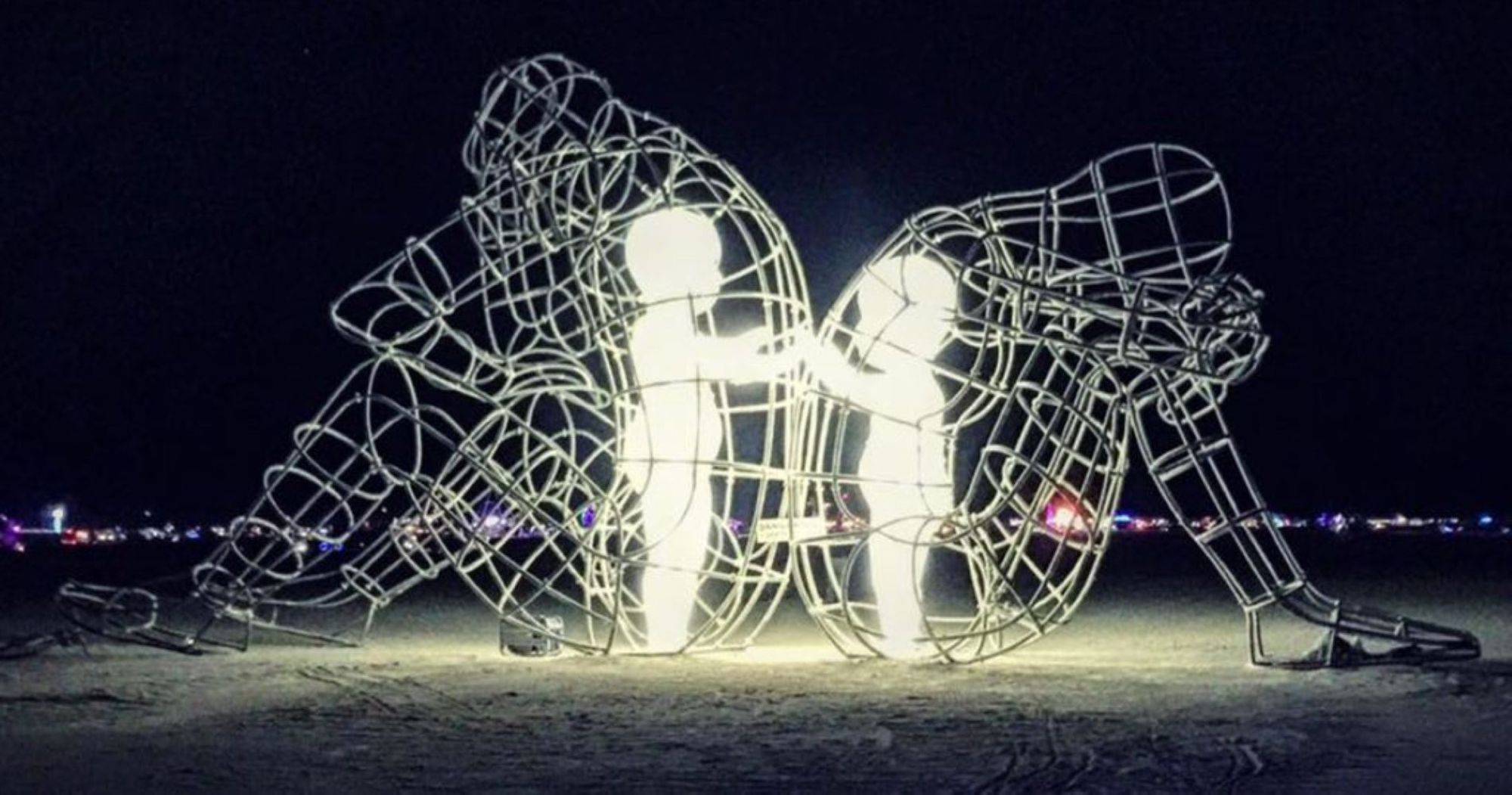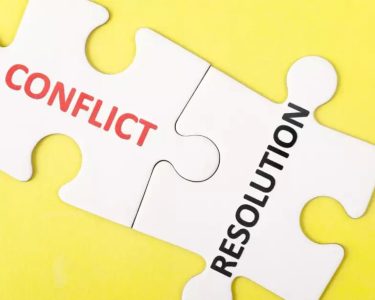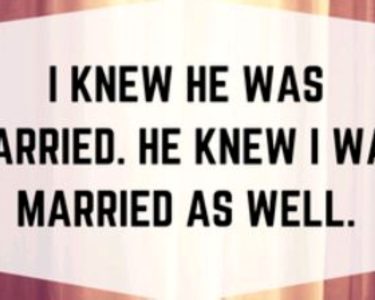FROM REACTING TO RESPONDING: HOW TO CREATE SPACE FOR GROWTH IN YOUR RELATIONSHIP
By Kyle Benson
Have you ever found yourself in the middle of an argument, saying things you later regret? Maybe you and your partner keep having the same fight over and over, stuck in a loop of frustration and disconnection. If so, you’re not alone.
In episode 24 of the Roadmap to Secure Love podcast, Kimberly Castelo and Kyle Benson unpack how couples can start breaking negative cycles by recognizing the difference between their first response (reactive, conditioned by past experiences) and their second response (intentional, aligned with who they want to be in their relationship).
If you feel trapped in a pattern of criticism, defensiveness, or emotional withdrawal, this episode will help you understand:
✔️ Why your first response isn’t always your best response
✔️ How early attachment experiences shape your reactions in relationships
✔️ Why negative cycles feel so hard to break
✔️ The power of slowing down and making space for a second response
✔️ Practical steps to shift from conflict to connection
Let’s explore why these patterns happen and how you can start changing them today.
Why Do We Keep Reacting the Same Way?
When conflict arises, many of us react automatically without thinking. We may lash out, shut down, or say something we don’t mean. These first responses aren’t random—they’re shaped by years of past experiences, family dynamics, and attachment patterns.
For example:
- If your childhood home was highly critical, you may respond to feedback with defensiveness or over-explaining.
- If you experienced emotional neglect, you may withdraw or avoid conflict altogether.
- If love felt conditional, you might go into people-pleasing mode, saying yes when you really mean no.
These first responses once served a purpose—they helped you navigate your early environment. But in adult relationships, they can lead to miscommunication and emotional disconnection.
The good news? You don’t have to be stuck in these patterns.
The Second Response: Choosing a Different Path
In the Roadmap to Secure Love podcast, Kyle shares how he learned to pause before reacting and make space for a second response. Instead of letting his automatic reaction take over, he started asking himself:
👉 Is this reaction helping or hurting our connection?
👉 What do I really need in this moment?
👉 How can I express that in a way that my partner can hear?
For example, instead of saying, “You never help around the house!”, a second response could be:
“I’m feeling really overwhelmed right now. It would mean a lot to me if you could take over tidying up the living room.”
This small shift—from blame to expressing a need—can completely change how your partner responds.
💡 Your first response is based on past patterns. Your second response is based on who you want to be in your relationship.
Why Breaking Negative Cycles Is Hard
Even when we recognize our patterns, it can still be incredibly difficult to change them. Here’s why:
1. Our Nervous System Reacts Before We Do
When conflict happens, our fight, flight, or freeze response kicks in, making it hard to slow down and think clearly. Our first response happens almost instantly because our brain perceives a threat—even when there isn’t one.
🛠 Solution: When you feel triggered, take a deep breath, pause, and remind yourself: I don’t have to react right now. I can choose a different response. You can also tell your partner that your reaction was your first response and ask them to make space for your second response, who you are today.
2. Growth Takes Time
If your partner has hurt you in the past, it’s natural to be skeptical when they try to change. You might think, “How do I know this time is different?”
🛠 Solution: Give growth time to unfold. If your partner is making an effort to respond differently, acknowledge their growth instead of assuming they will always react the same way they have in the past.
3. Unlearning Old Patterns Feels Uncomfortable
Breaking negative cycles requires rewiring deeply ingrained behaviors, which can feel awkward and even unnatural at first.
🛠 Solution: Give yourself grace. It’s okay to slip up. What matters is that you keep practicing and moving toward the connection you want to build.

Key Takeaways from the Episode
If you’re committed to breaking negative cycles in your relationship, here’s what you need to remember:

✔️ Your first response is automatic, but your second response is a choice.
✔️ Blame fuels disconnection; expressing needs creates understanding. Shift from “You always do this” to “This is what I need.”
✔️ Growth takes time—trust the process. If your partner is trying to change, make space for that growth instead of shutting it down.
✔️ Your past does not have to define your future. You have the power to respond differently and create a healthier relationship dynamic.
✔️ Pausing before reacting can change everything. Take a breath, slow down, and ask yourself, “What do I actually want to communicate?”
Breaking Negative Cycles Starts With You
You don’t have to stay stuck in the same old conflicts. By recognizing your first response, making space for a second response, and learning to express your needs differently, you can transform your relationship into a place of deeper connection and trust. If you and your partner want to go deeper into attachment, emotional connection, and relationship healing, we’ve got the perfect next step for you.




